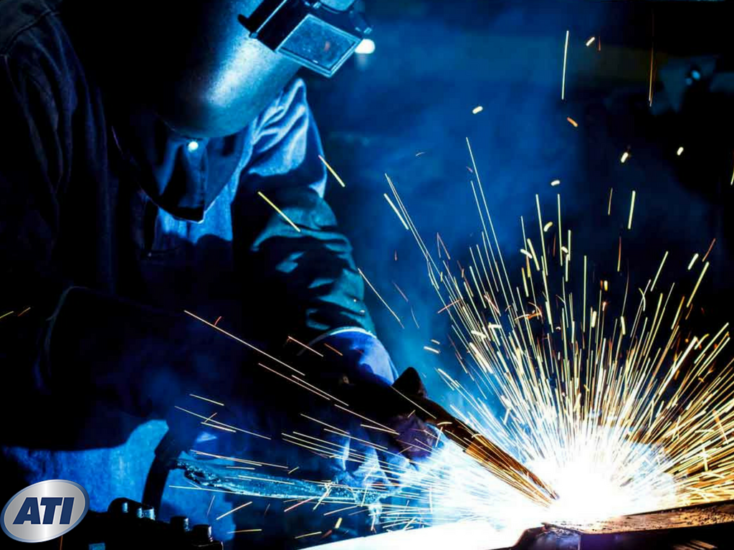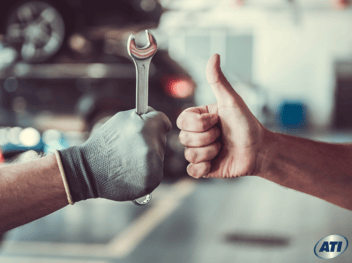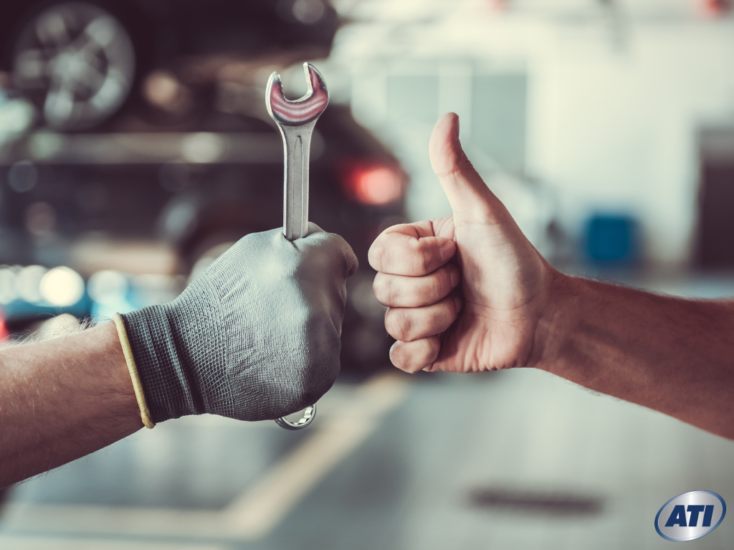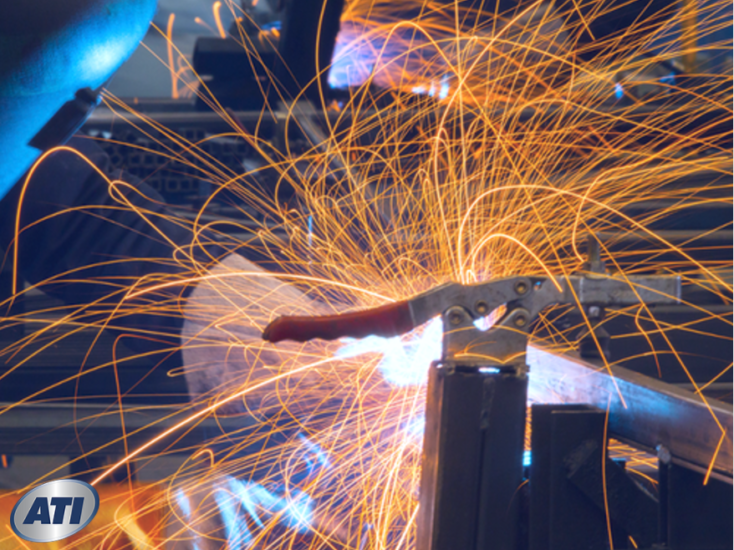Welding Certification Tests in Virginia

For those who like to work with their hands and aren’t afraid of heat and sparks, welding is excellent career choice – and getting your hands on some industry-specific certifications can really help you move forward in this line of work. A welding certification is great because it provides definite proof of your skills.
Instead of just having to take your word for it, a potential employer can look at your list of certifications and instantly know what you can do. According to the Bureau of Labor Statistics, workers who hold one or more certifications have generally higher employment rates and weekly wages than those who hold none.
Welding certifications can be obtained at just about any American Welding Society (AWS) accredited testing center, and there are many such centers spread out all over the country – Virginia is no exception. If you think you can pass, you should take every welding certification test you can. Here are a few you might consider.
Steel SMAW All Position Plate Welding Certification
Shield metal arc welding (SMAW) plate welds are some of the most commonly needed weld types around, but that doesn’t mean they’re easy. Almost anyone with rudimentary training can weld two pieces of metal on a desk in front of them, but fewer can do it while, say, looking up at the ceiling; real-world welding sometimes requires that level of flexibility.
This certification indicates that you can do all possible SMAW plate welds cleanly and to a high quality standard – to test for it, you need to produce a sample of your work to the test specifications in front of an inspector. This certification sets you up nicely for common weld shop positions, making it nice to have early in your career. This should be one of the first certifications you test for if you don’t already have it.
Steel GTAW All Position Plate Certification
Gas tungsten arc welding (GTAW) is a little harder and a little slower than more commonly used welding methods like shield metal arc welding, but the results are some of the most durable welds around. This is because the process allows for a lot of personal control on the part of the welder, as well as the use of different filler metals like alloys that can be useful for some projects (it’s often used in bicycle production to ensure that the bike remains lightweight, for example).
Good GTAW welders can precisely control the amount of heat they’re using and maintain a short arc length through the entire process, as well as keep the electrode at the tip of their tools spotlessly clean. Getting this certification proves that you have the finesse required to pull off that difficult job and sets you apart from less experienced welders – if you’re feeling ambitious, it might be worth looking into.
6G Steel Pipe Welding
Pipe welding certification tests come in a range of different difficulties depending on your skill level, sometimes requiring you to weld joints that are more complex or to weld at an awkward angle – you might even have to use your non-dominant hand to pull it off. The most coveted certificate in this set is the 6G one, which testifies that you are capable of working in all pipe-welding positions and producing good clean work in all of them. If you’re going to be working with pipes at all during your career, you’ll want to get this certification at some point. It’s difficult to pass the test for it given the range of motion required, so it’s typically recommended that you begin with plate welding certifications before you attempt to gain this one.
SMAW Tack Welder
Tack welding is sort of a temporary version of welding, meant to join pieces of metal together temporarily before final welds can be done. It’s a critical means of support for extended welding projects that must be completed over a long period of time, but it’s also an art unto itself. It must not only hold up adequately until the final welds are done, but also must be easy to take apart and rearrange in case a mistake has been made.
A good tack welder makes sure that these temporary joints are extremely clean, properly aligned and have as small a gap as possible between the two joined pieces. These are the kinds of things your inspector will look for when you test for the certification for this task, so be sure to practice until you’ve produced something that lives up to these expectations.
If you think a career as a welder might be right for you, you should know that you can prepare for all of these certifications and more with the help of the Advanced Technology Institute. ATI’s Maritime Welding program is an excellent choice to help you build these initial competencies. For more information on welding programs and certifications, connect with us today!
Industry Knowledge
Welcome to the Advanced Technology Institute's Blog, your resource for industry insights and discussions on technologies shaping the future of automotive, heavy vehicle, hvac, welding, and other related career paths.
Explore how ATI's curriculum and hands-on learning opportunities can propel your career in the tech-driven world.





